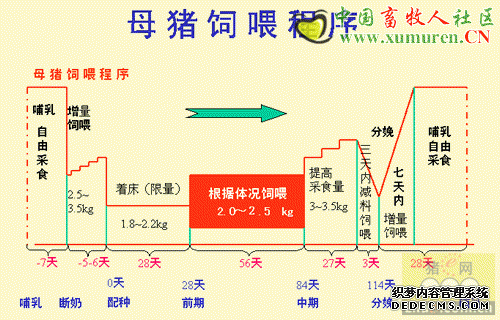By Livestock Knowledge Transfer, UK - This article is the second of two reports on "The EU Directive On Pig Welfare" and looks at the implications for future housing designs including health aspects
Changes to the EU pig welfare directive, which were adopted by the agriculture ministers on 23 October 2001, have implications for the rearing and finishing herd. Other EU directives, eg for Integrated Pollution Prevention and Control (IPPC), will also impact on the type of housing required in the future [units with >750 sows or 2,000 finishing places are currently affected by IPPC regulations].
Stage and liveweightMinimum total area (m2/pig)WeanersUp to 10 Kg0.1510-20 Kg0.2020-30 Kg0.30Rearing pigs30-50 Kg0.4050-85 Kg0.5585-110 Kg0.65More than 110 Kg1.00
Although there have not been changes to space and floor type requirements on this occasion, the discussion reflected the strong and continuing welfare pressure within the EU to increase space allowances and phase out fully slatted floors. This should be borne in mind when planning new housing for the future.More specific requirements are made for floor quality where concrete slats are used (Table 2).
Table 2 Specifications for slats
Stage and liveweightMinimum concrete slat width (mm)Maximum width of gap between slats (mm)Sucklers5011Weaners (up to 10 weeks)5014Rearing pigs (more than 10 weeks)8018
What else might be expected in the future?
Looking to the future, the directive calls for more scientific reports to review developments in certain areas and further legislation is a possibility.
Report by 2005:space allowances and floor types for weaned and growing pigs
the need for surgical castration Report by 2008:the need for tail docking
effects of stocking density and group size
consumer attitudes to pig welfare
the socio-economic consequences of changing welfare requirements for growing and finishing systems
What new housing requirements are coming?
A revision of the technical annex to the directive was agreed on 10 October 2001. This contains a requirement to provide all pigs with permanent access to materials for investigation and manipulation. Suggested materials include straw, hay, wood, sawdust, mushroom compost and peat. This reflects the importance for pig welfare of being able to express exploratory and foraging behaviour, and the clearly demonstrated role of penenrichment in reducing the risk of vices such as tail biting.
Producers who currently house pigs in fully slatted, or part-slatted, unbedded systems may find that simply providing a hanging chain or tyre is no longer acceptable, and may need to consider the use of troughs or racks with a rooting material. If in doubt, they should seek advice from DEFRA on what form of environmental enrichment will be acceptable.
An increase in minimum weaning age to 28 days is also specified. However, there is provision for earlier weaning of some litters by up to 7 days in order to maintain all-in all-out batch systems in the weaner housing.
Animal health aspects of new building designs
When designing new housing, animal health aspects should also be considered. 揂ll in-All out?housing systems enable housing to be washed and disinfected regularly between batches. This provides a break in disease cycles and is particularly recommended for units with high ratesof Salmonella infection.
The 揂ll in-All out?system should be considered for most types of stock building ?farrowing rooms, weaner accommodation, as well are for rearing and finishing housing.
The flow of pigs around the unit should be one-way. Smaller, weaker pigs should be moved to a specialised sick pen, not held back and mixed with healthy younger pigs.
If a choice can be made, smaller groups of pigs are better than larger groups as spread of infection can be contained within pens.
Source: Livestock Knowledge Transfer - First published 2001. Added to this site 2003.
声明
来源:互联网
本文地址:http://farm.00-net.com/yz/zhu/5/2007-09-20/142416.html








